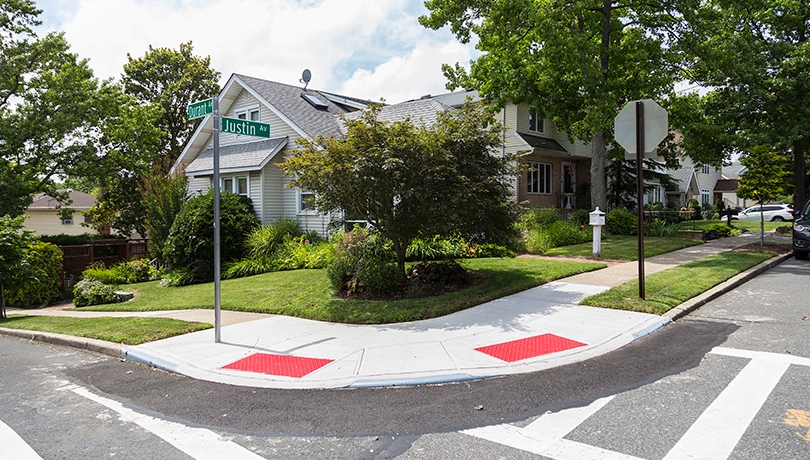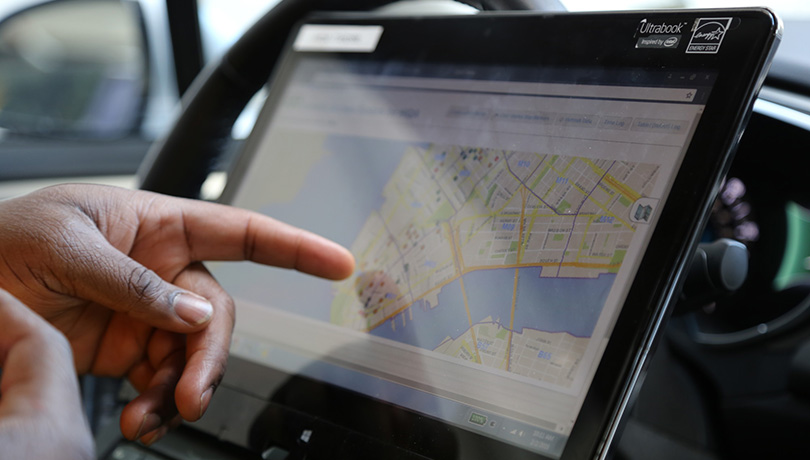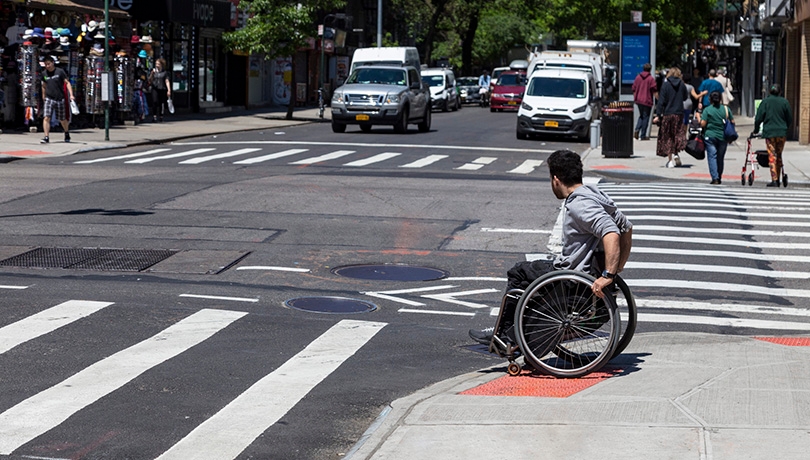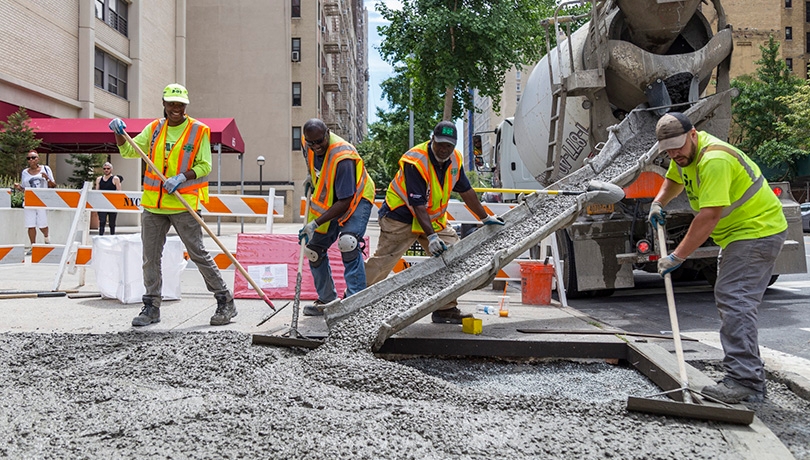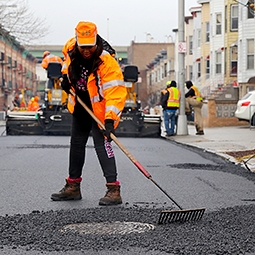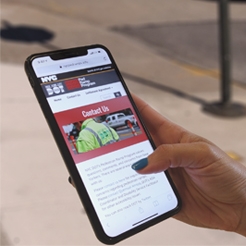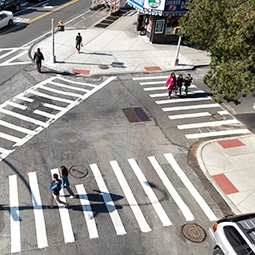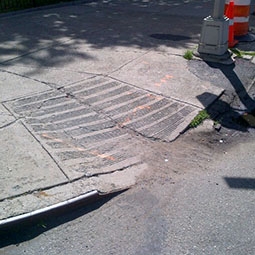Why are we working on pedestrian ramps?
The City of New York, through the New York City Department of Transportation (NYC DOT) has begun an important effort to survey pedestrian ramps located throughout the city at approximately 185,000 corners, as well as mid-block crossings and medians. This program will be used to enhance NYC DOT’s current pedestrian ramp maintenance programs and continue to provide for safe and accessible corners compliant with the Americans with Disabilities Act (ADA).



